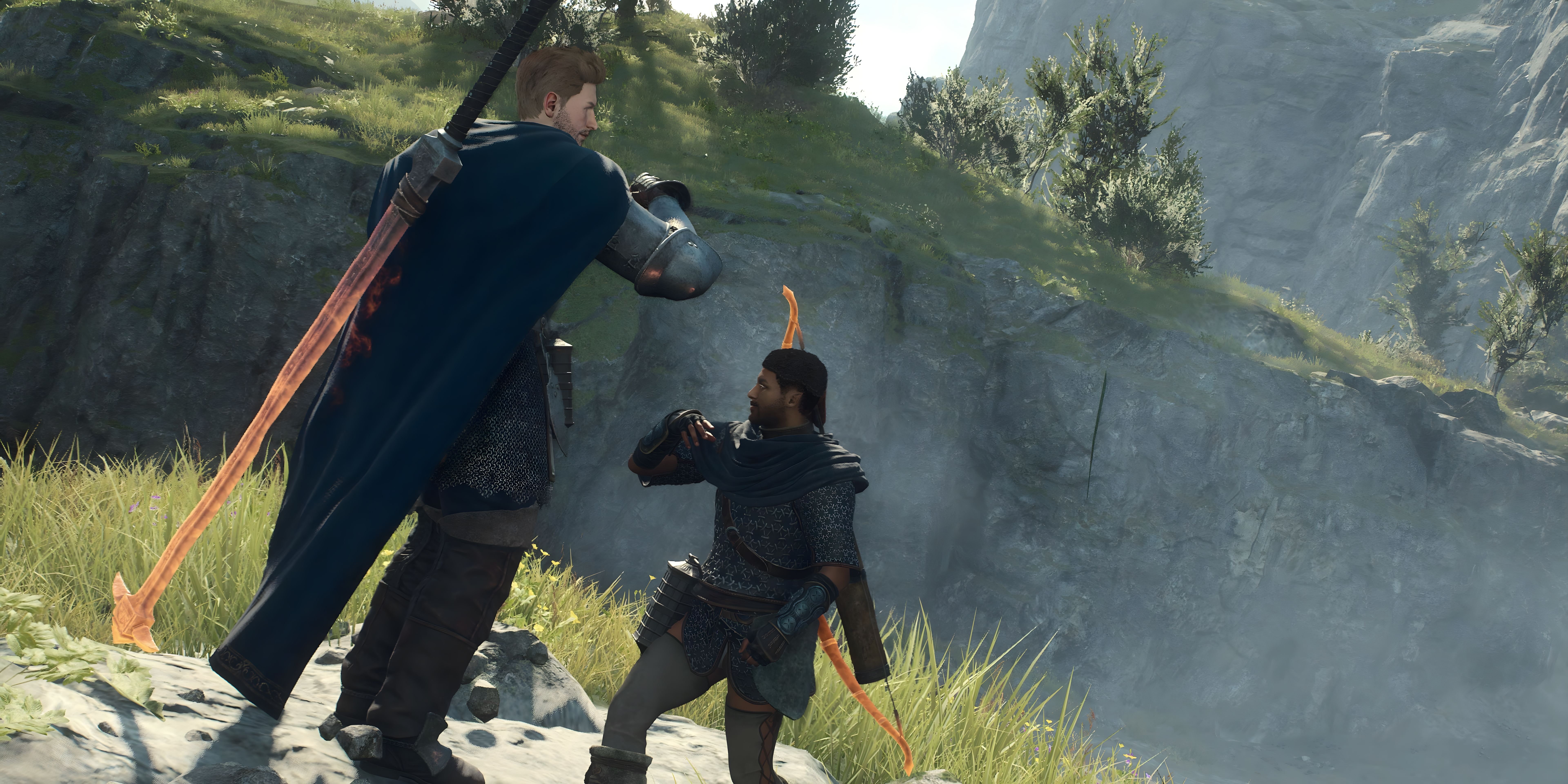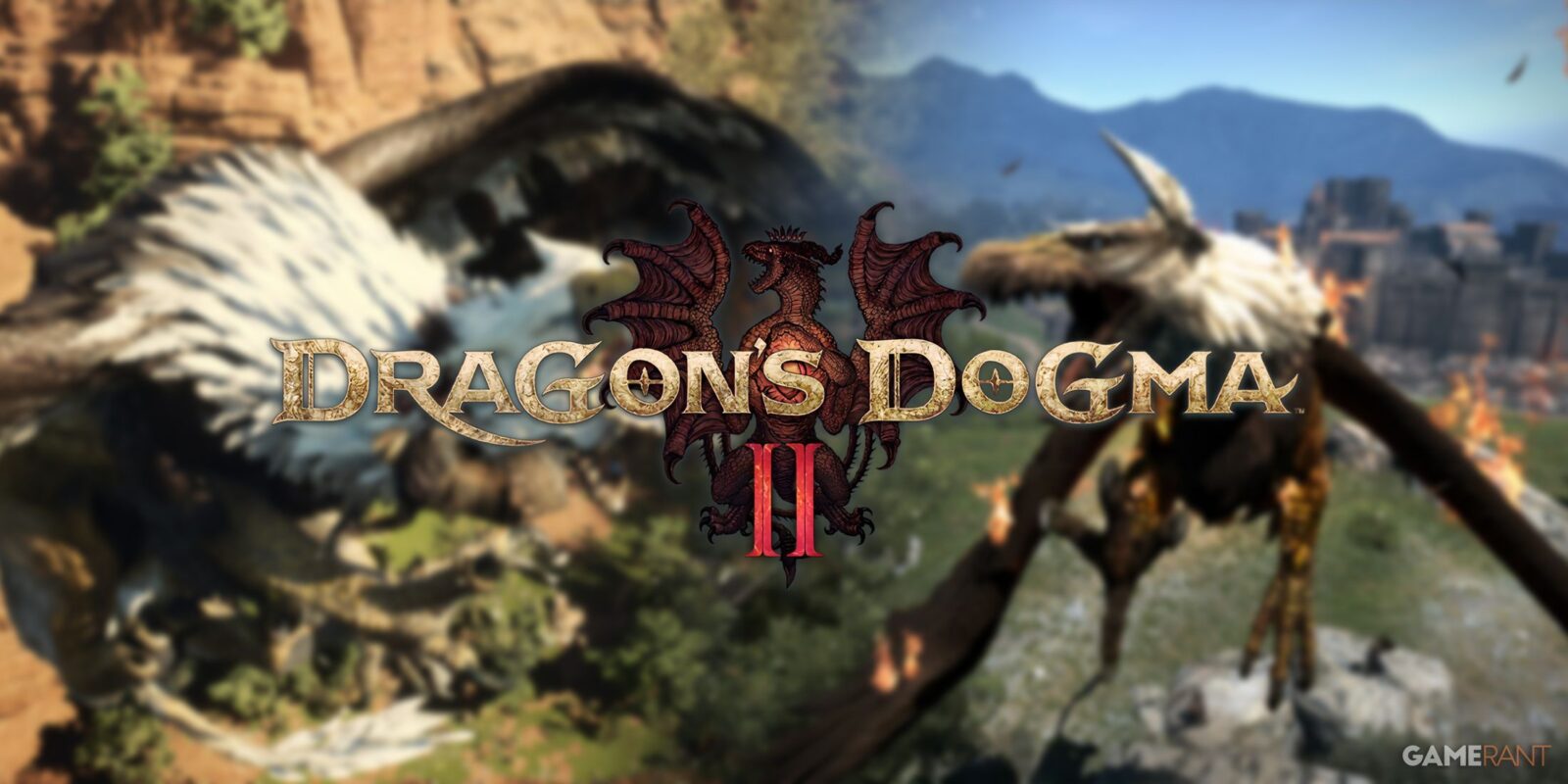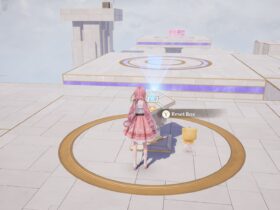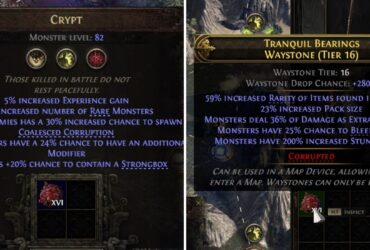Summary
- Dragon’s Dogma 2 has an expansive open world 4x bigger than the first game, a new playable race, and an expanded vocation system.
- Chests in Dragon’s Dogma 2 are one-time loot only, unlike respawning chests in the first game, affecting exploration.
- Capcom’s intentional choice for one-and-done chests in Dragon’s Dogma 2 alters game longevity and treasure hunting mechanics.
Capcom’s Dragon’s Dogma 2 might be considered a remake more than a sequel, but that doesn’t mean it shied away from making big changes to the formula established by its predecessor. Firstly, Dragon’s Dogma 2 features an expansive open world that is four times larger than the first game’s, encompassing two major kingdoms, Vermund and Battahl. Secondly, a new playable race, Beastren, was added, allowing players to enjoy the game as a race other than humans. Dragon’s Dogma 2 also expanded the first game’s vocation system with new classes and some refinements to old classes, along with various other adjustments to gameplay.
While these are some of the biggest changes that Dragon’s Dogma 2 made to the first game, however, there are others that aren’t so easy to identify on the surface. There are plenty of things that Dragon’s Dogma 2 did on a more fundamental level that only the most dedicated Dragon’s Dogma fans might notice, especially considering the massive size of Dragon’s Dogma 2‘s open world, which, in turn, increases the chances of these changes going unnoticed. One such change involves the game’s chests, which may not seem like that big of a deal at first, but affects Dragon’s Dogma 2‘s gameplay just as much as some of the major adjustments made to the first game’s formula in the sequel.

Related
Why Dragon’s Dogma 2’s Rumored Multiplayer Mode Would Have a Mountain to Climb
Dragon’s Dogma 2 rumors spark debate about multiplayer, exploring how Capcom could make cooperative play a meaningful addition to the series.
Dragon’s Dogma 2 Made a Huge Change to the First Game’s Chests
The Original Dragon’s Dogma’s Chests Would Respawn After a Period of Time
While Dragon’s Dogma has always had some semblance of a story, its main appeal is its emergent gameplay and the fast-paced, action-packed, and intense battles players engage in with the monsters throughout the world. On the other side of that spectacle, however, is the reward of character progression and loot, making monster encounters all the more difficult to pass up. This form of progression also enhances the game’s exploration, as players are often rewarded for the time they spend traveling across the immersive open world, and especially off the beaten path.
This undoubtedly rang true in the first Dragon’s Dogma game, as its chests would respawn after a period of time, thereby incentivizing players to return to specific areas and collect the contents of those chests, even if it meant once again defeating the monster guarding them. With the knowledge that a rare item might appear after a chest respawned, players were frequently encouraged to retrace their steps in Dragon’s Dogma in order to farm the gear they were looking for or to obtain valuable crafting materials. Respawning chests might initially seem like such a small feature, but it has a significant impact on Dragon’s Dogma‘s gameplay.
Dragon’s Dogma 2’s Chests Are One and Done
Unlike in Dragon’s Dogma, Dragon’s Dogma 2‘s chests are “one and done,” meaning their contents never respawn once they are looted. In light of that, there is very little reason to return to certain areas or dungeons in Dragon’s Dogma 2, unless, of course, players need to acquire materials from specific monsters that can be found in said areas. Initially, the appearance of these chests heightens the thrill of discovery, since the one-and-done nature of Dragon’s Dogma 2‘s chests essentially makes them a rare find. Even so, there is no denying the impact that these mechanics have on the longevity of the game’s lasting appeal when it comes to exploration.
With the knowledge that a rare item might appear after a chest respawned, players were frequently encouraged to retrace their steps in Dragon’s Dogma in order to farm the gear they were looking for or to obtain valuable crafting materials.
Ultimately, the one-and-done chest system in Dragon’s Dogma 2 is an intentional choice made by Capcom, likely to enhance the immediate impact of discovery more than ongoing engagement. A design choice like this isn’t without its benefits, but it also fundamentally changes how players interact with the game world. By removing the incentive to revisit areas for treasure, Dragon’s Dogma 2 trades some of the first game’s charm for a more static, linear experience.














Leave a Reply